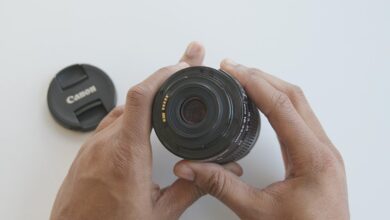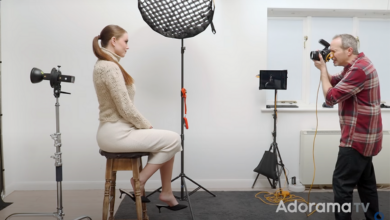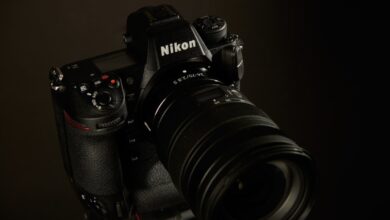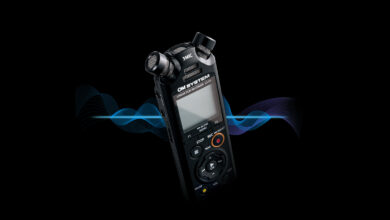Best Filtration System I’ve Tested: We Review Kase Wolverine IV Magnetic Filtration System
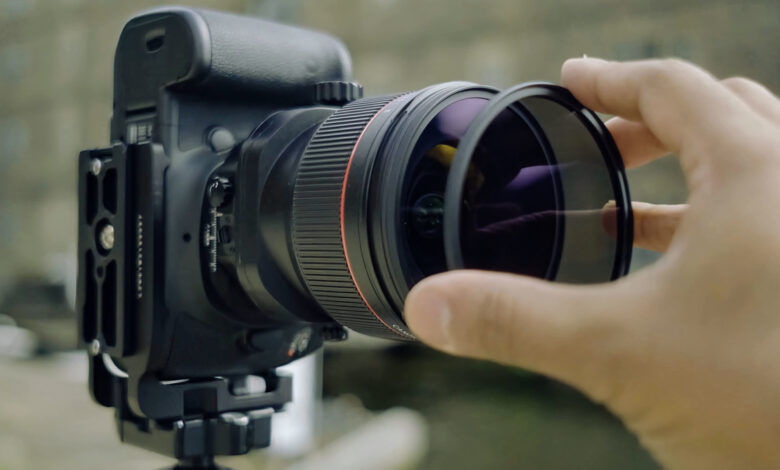
Camera filters have improved a lot over the past decade. Not so long ago, it was perfectly acceptable for filters to produce blue-colored images with significant loss of detail. We now have manufacturers producing highly innovative filtration systems, such as the new filter system Kase Wolverine IV Magnetic Filtration System.
Over the past few years, I have reviewed many filters from several manufacturers. What I look for in a good filter system is good usability, sharpness and most importantly, neutral colors. Any variation in color produced by the filter system is a big deal because color is infinitely more important than the sharpness of the filter system.
For example, if a filter system applies a cast of magenta to your image, this can have a hard-to-correct effect on green tones. If you’re shooting landscapes or any scene with greenery, this is a problem.
The green tones can start to turn gray, and if you try to restore them, there’s a high chance that the green tint looks cartoonish. This is just an example, but colors are more important as they are one of the basic principles behind what makes a good image. Aspects like sharpness and usability are less basic; However, I will still cover those points in this review.
Usability

The Kase Wolverine IV Magnetic System is the best filtration system I have ever used when it comes to usability. Nothing comes close to how simple and easy this system is.
There are two ways to use this filter system. The first is with a circular static conversion ring attached to the lens. This static ring is small, lightweight, and fastened to the filter threads on the front of most lenses. Once it’s screwed onto the lens, you can attach multiple circular filters via the magnets in the filter and adapter ring.
The polarizing filter that comes with the package doesn’t feature the popular dual circular shape that allows it to rotate once it’s attached. Instead, since it is attached via magnets, it is never fixed in place and can therefore rotate in any direction you need.
Alternatively, you can mount an ND filter on top of a polarizer if you also need to control exposure. In my experience, most people tend to want the ability to shoot with an ND and a polarizing filter. This smaller, static adapter ring provides this capability in what I think is the most user-friendly way I’ve ever experienced. It is without a doubt the best implemented filtering system I have ever used.
The only downside is that you can’t effectively use graduated ND filters with a smaller converter. This is where the larger filter holder comes in handy.
The larger filter holder is also attached with a magnet; however, it uses a larger adapter ring that is attached to the lens via filter fibers. Once attached, it works in an almost identical fashion, however, the larger holder allows you to move the filters across the plane of the lens. This is obviously useful for graduated ND filters, so you can control how much the effect is applied. Larger converters can also contain a polarization filter and an additional ND filter. Although, with the three filters in front of the lens, you may find the image quality degraded.
Personally, I find graduated ND filters less useful these days due to the high dynamic range available in most modern cameras. As a result, the smaller circular adapter may be more useful to anyone shooting with most current cameras. You can find a demonstration of how the filter adapter works in the video linked above at 1:05.
Sharpness and color
Polarizer
When it comes to filters, results are what matters most. Photographers are known to tolerate extremely difficult systems as long as they can get the results they need. So sharpness or impact on detail is what we are going to look at now.
The most tested filters are polarizing filter, 10-point ND filter, 3-point graduated ND filter, and 6-point ND filter. The polarizing filter is possibly the best on the market.
Not only does it have virtually no effect on colors, but there is no loss of detail even when shooting in controlled situations. Of course, as with most polarizing filters you will lose some light, and the Kase polarizer loses about a stop of light when used.
In addition, there is almost no negative impact on the results this filter produces. It is quite simply the best polarizing filter I have ever used.
10 point filter (ND 1000)
The 10-stop filter is arguably the most important filter for a photographer. This is a filter that can basically make or break a system. While the usability of any filter system is important, the results are probably what photographers care most about. With that in mind, I’m happy to announce that the 10-point filter from Kase is the best filter I’ve reviewed to date.
The results produced by 10-stop both in controlled environments and real-world situations are second to none. The filter produces results with virtually no loss of detail and manages to control colors extremely well. This filter effectively has the least effect on the results your camera and lens can produce.
In the comparison above, you will notice that even when zoomed in, the difference between the control image and the filtered image is very small. However, discerning viewers may notice slight variations in color. However, this color shift is the least I’ve experienced from any filter system I’ve used so far.
For this reason, I would recommend this 10-point filter to most other filters, even if you’re not a fan of the overall system.
6-point filter (ND 64)
In stark contrast to the 10-stop filter discussed above, the 6-stop filter is one of the worst filters I’ve used from any manufacturer. The filter results in noticeable color shifts and loss of detail. The color change is immediately apparent. Even without zooming in, one can quite clearly see the significant magenta color change in the image when compared with the control image.
Regarding the loss of detail, although this requires a little closer look, one doesn’t need to peek every pixel to see the difference. On a well calibrated monitor or even in print, you might be able to see softer results from the 6-stop filter.
This is disappointing as almost every other aspect and feature of this system is great. And despite the fact that the 6-stop filter may not be the most popular choice, it’s a useful filter to have. This is especially the case if you plan on stacking filters without lengthening the exposure time unreasonably.
Unfortunately, due to the fact that the 6-stop filter already has rather poor performance, it probably shouldn’t be stacked with other filters. It is likely that a combination of filters including 6-stop will produce results that some may consider unusable.
What I like
- Easily the best system when it comes to usability.
- Two ways to attach the filter make working with this system much easier.
- Best 10 stop filter I’ve ever used both in terms of color and sharpness.
- The system is light and easy to carry.
What I don’t like
- The 6-stop filter is probably the worst filter I’ve ever used.
Epilogue
With so many filtration systems on the market, it can be difficult to figure out which is best for you. As photographers, many of us have our own personal preferences. Even so, I find it hard to imagine anyone not liking this system. Aside from the poor performance of the 6-stop filter, the Kase filter system is near perfect overall.
The 10-stop polarizer and filter system are the real standouts among the many options available on the market. Coupled with the fact that the system is extremely easy to use, it makes for what may be the best option on the market.
You can buy master set using this link here.




